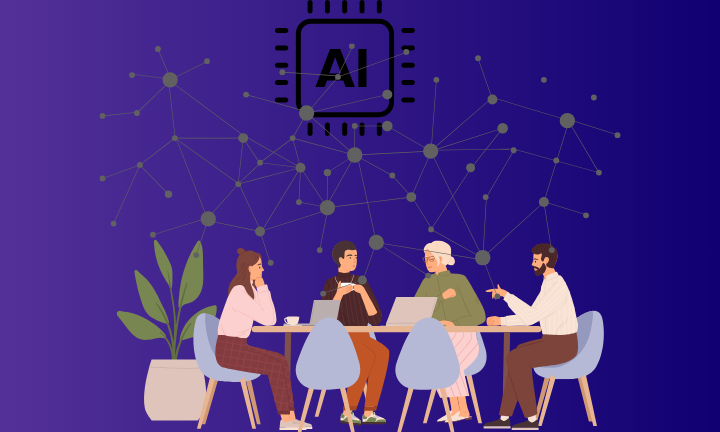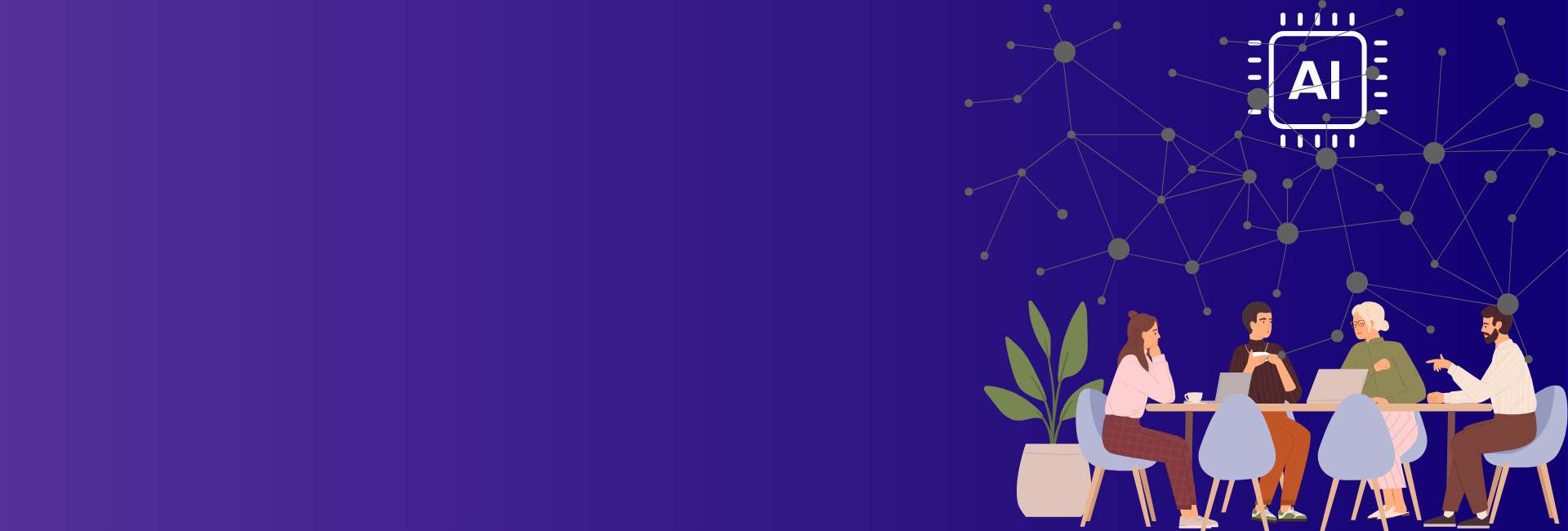AI is no longer a futuristic concept. It’s a tangible reality reshaping industries, and the software product development world is no exception. A recent McKinsey report found that AI adoption can boost business productivity by up to 40%. Yet, many software engineering teams are hesitant to embrace this transformative technology. This post will guide you through the process of seamlessly integrating AI into your team’s workflow.
Understanding the Resistance
Before diving into implementation strategies, it’s crucial to address the common concerns within engineering teams. A survey by Gartner revealed that 42% of IT leaders cite a lack of skills as the primary barrier to AI adoption. Other hurdles include fear of job displacement, concerns about data privacy, and skepticism about AI’s reliability. These apprehensions must be acknowledged and addressed transparently.
Implementing AI To Software Engineering Teams
Building a Strong Foundation: Equip your team with basic AI concepts, terminology, and real-world applications. Highlight successful AI implementations within your industry or similar companies to build enthusiasm.
Identify Suitable Use Cases: Pinpoint areas where AI can add significant value, such as automating repetitive tasks, improving code quality, or enhancing product features. Begin with low-risk, high-impact projects to build confidence and momentum.
Assemble a Cross-Functional Team: Bring together software engineers, data scientists, and domain experts to create a well-rounded team. Define responsibilities and establish effective communication channels.
Implementing AI Gradually: Initiate small-scale AI initiatives to test the waters and gather feedback. Refine your approach based on initial results.
Foster a Culture of Experimentation: Create a safe space for experimentation and learning. View failures as opportunities for growth and improvement.
Continuous Learning: Provide ongoing innovation workshops and development opportunities for your team.
Stay Updated: Keep abreast of the latest AI advancements and trends.
Challenges and Limitations of AI in Software Engineering
Technical Challenges
Data Quality and Quantity: AI models heavily rely on high-quality and sufficient data. Lack of quality data can lead to biased or inaccurate outputs.
Model Interpretability: Understanding the decision-making process of complex AI models remains a challenge. This can hinder debugging and troubleshooting.
Computational Resources: Training and deploying large-scale AI models require significant computational power and infrastructure.
Bias and Fairness: AI models can inherit biases present in the training data, leading to discriminatory outcomes.
Human-AI Collaboration Challenges
Skill Gap: Developers may require new skills to effectively work with AI tools.
Trust and Reliance: Over reliance on AI can lead to a decline in human problem-solving abilities.
Ethical Considerations: AI-generated code might raise ethical concerns regarding intellectual property and copyright.
Other Limitations
Creativity and Innovation: While AI can assist in routine tasks, it may struggle with truly innovative problem-solving.
Domain Expertise: AI models might lack deep domain knowledge, leading to suboptimal solutions in specialized areas.
Cost and Time: Developing and maintaining AI models can be expensive and time-consuming.
5 Actions for Software Engineering Teams to leverage AI
Ready to harness the power of AI in your software development team?
Discover how to seamlessly integrate AI into your workflow.
1. Automate Testing and Quality Assurance:
Unit Testing: Use AI tools to automatically generate unit tests based on the existing codebase. Tools like Diffblue Cover can analyze code and create test cases, ensuring more comprehensive coverage.
Bug Detection and Prediction: Utilize AI models to predict and detect bugs early in the development cycle. For example, DeepCode and CodeGuru use machine learning to analyze code and highlight potential bugs and vulnerabilities.
2. Enhance Code Review and Code Quality:
Automated Code Review: Integrate AI-powered code review tools like Codacy, SonarQube, or DeepCode to automate the review process. These tools can provide suggestions, enforce coding standards, and identify code smells.
Intelligent Code Suggestions: Use AI-driven IDE extensions such as GitHub Copilot or Kite, which can provide real-time code suggestions and auto-completions, helping developers write cleaner and more efficient code.
3. Improve Project Management and Planning:
Effort Estimation: Implement AI tools to predict project timelines and resource requirements based on historical data. Tools like Jira and Monday.com offer AI-driven insights for better planning and estimation.
Task Prioritization: Leverage machine learning algorithms to prioritize tasks based on various factors such as dependencies, resource availability, and potential impact on the project timeline.
4. Optimize Development Workflows:
Continuous Integration and Delivery (CI/CD): Integrate AI into CI/CD pipelines to optimize build times, manage deployment strategies, and monitor the health of the pipeline. AI can predict and resolve build failures, improving overall efficiency.
Resource Allocation: AI can help optimize the allocation of computing resources in cloud environments, ensuring efficient use of resources and reducing costs.
5. Enhance Collaboration and Communication:
AI Chatbots and Assistants: Implement AI-driven chatbots in team communication platforms like Slack or Microsoft Teams to provide instant answers to common questions, manage tasks, and facilitate information sharing.

